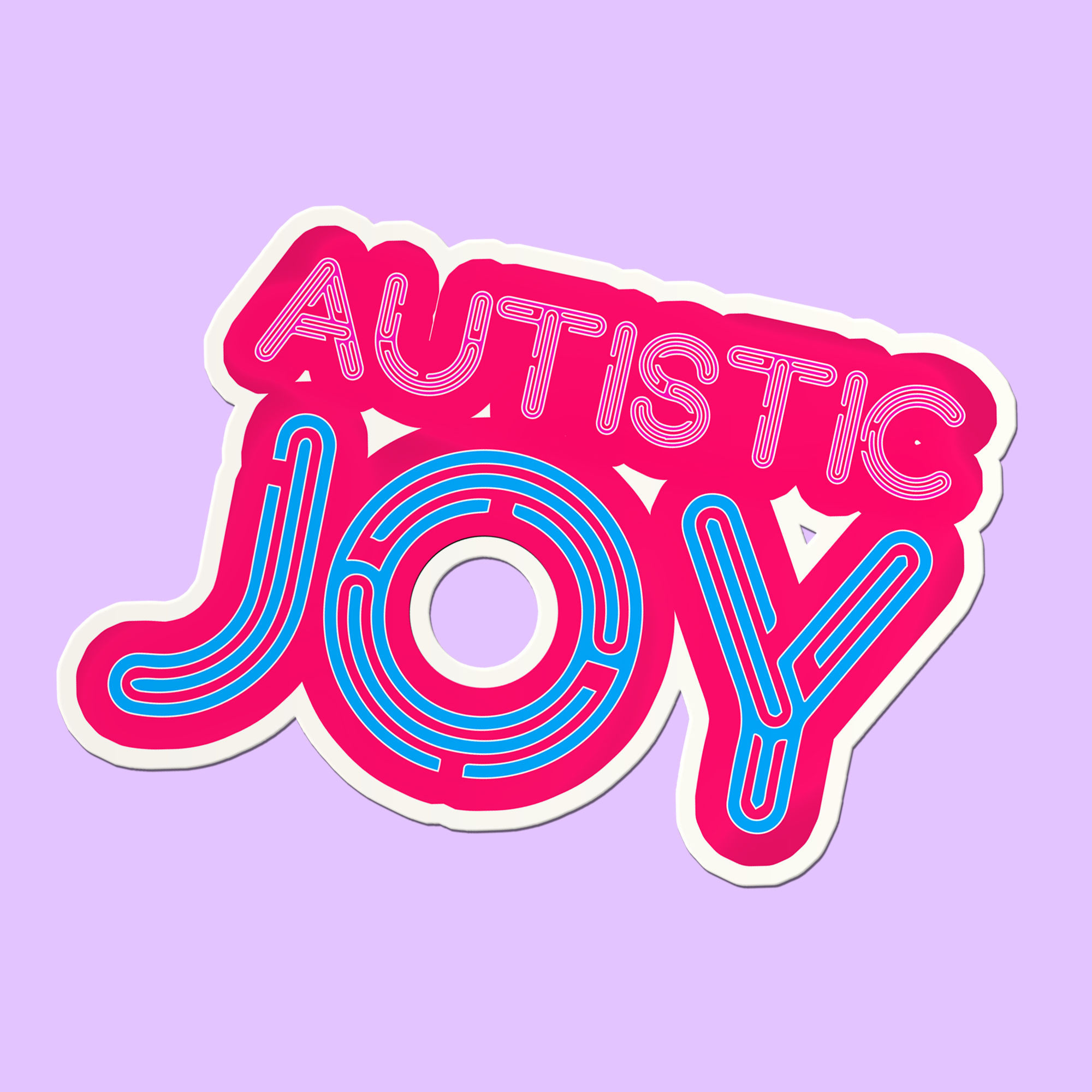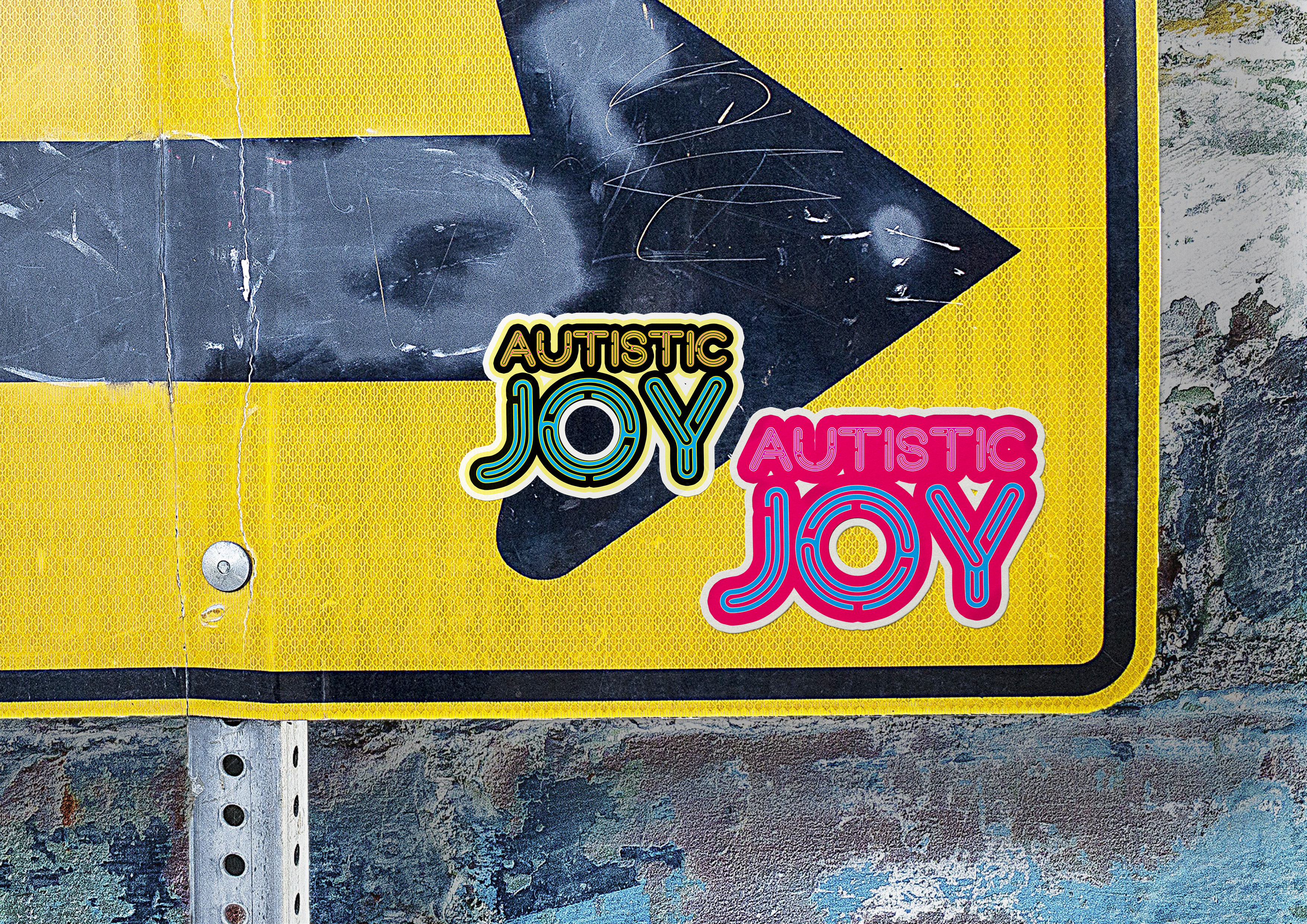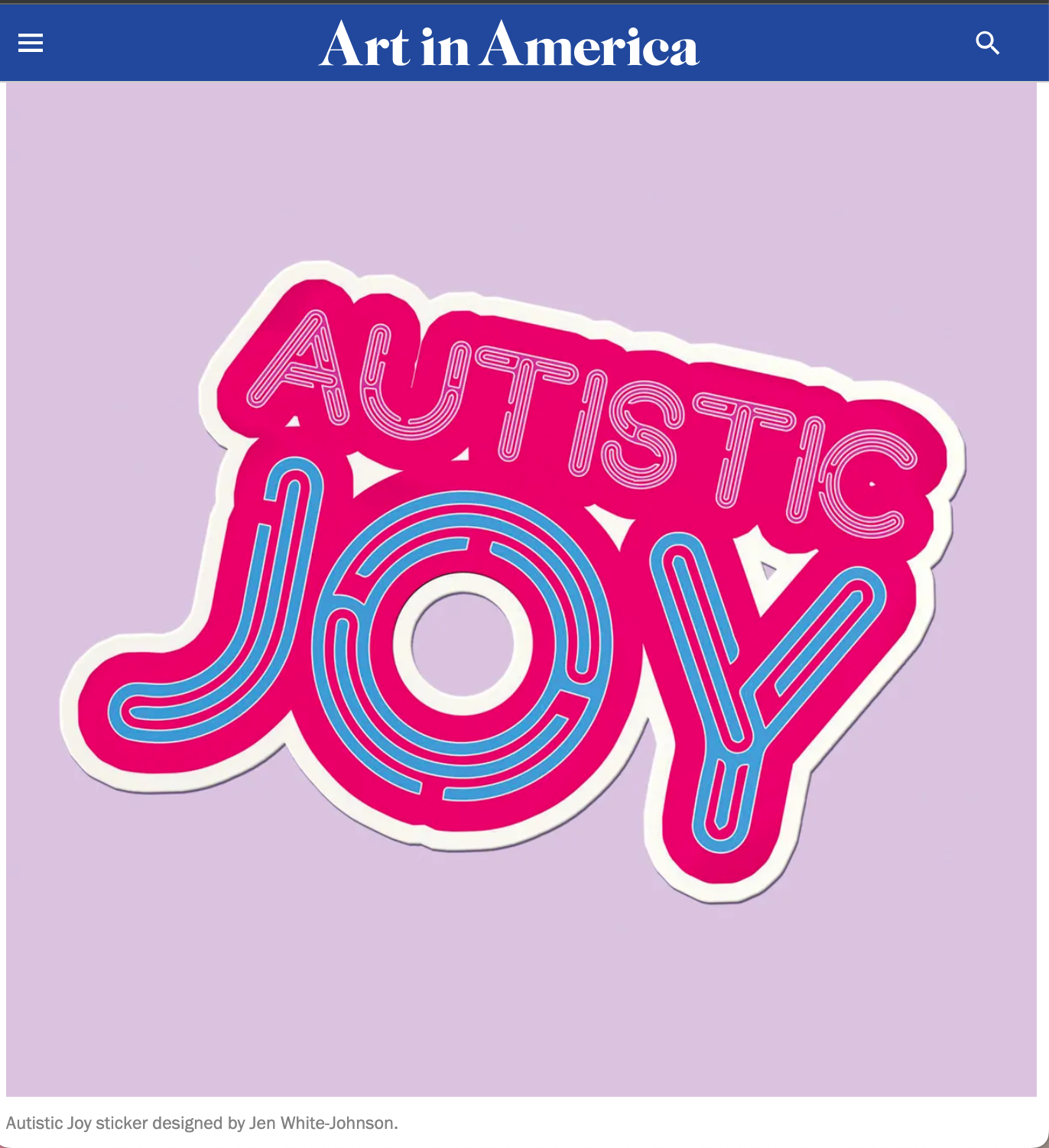
Recently I encountered a few people who tried to challenge the validity of Knox’s Autistic Joy. They questioned how his joy can be seen as a form of self advocacy, but I knew Knox’s Autistic self advocacy was exemplified through his joy as a true act of resistance.
Our family instills in Knox that every unique aspect of who he is beautiful. Using joy and creativity to create the framework setting our own tone for Autism Acceptance. There is heart and soul in the journey that breaks through the stigma of highlighting #AutisticJoy in Black & Brown lives. It is up to artists and designers to use our tools to further the narrative of Autism Acceptance and its visibility in the lives of people of color! The conversation must continue, the path must be set, making space for those who choose to honor the beauty and the soul of Autistic Joy.
I was recently asked how I came to understand and appreciate my son's expressions of Autistic Joy. Read more about my thoughts on Autistic Joy in the life of my 7 year old son here: Thanks to Thinking Person’s Guide To Autism for asking me to contribute my thoughts!
Link to article here:
http://bit.ly/AutisticJoy
I also love this beautiful breakdown of the design via the Art in America article
Why Be Normal?: Disability & Design Now
By Aimi Hamraie October 17, 2022
“Graphic designer Jen White-Johnson challenges the iconography typically associated with autism—such as the missing puzzle piece used by the organization Autism Speaks, which could be read as suggesting that something is “missing” from the minds of Autistic people—with alternative symbols that signify the value of Black disabled people like herself; White-Johnson is also the mother of an autistic child. Her Black Disabled Lives Matter logo superimposes an infinity sign on a Black Power fist, symbolizing possibility rather than brokenness. The symbol is a graphic manifestation of White-Johnson’s philosophy that “mothering as an act of Resistance means to redesign ableist visual culture.” Another of her graphics is a pink and silver “Autistic Joy” logo that she prints on shiny hologram stickers in a gesture toward greater visibility. Her work forms a visual language that diverges radically from standard icons such as the international symbol of access (the person-in-a-wheelchair icon used for accessible parking spots and bathrooms) or the puzzle piece. White-Johnson’s work instead roots itself in Black disability culture and activism, and carves space for celebrating and valuing Black disabled lives.”



